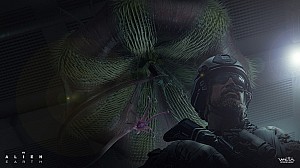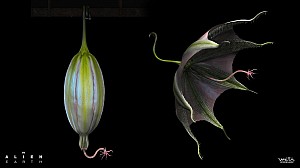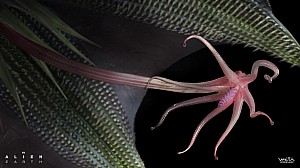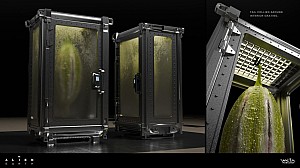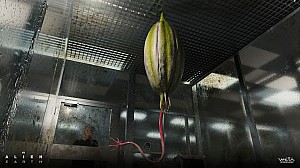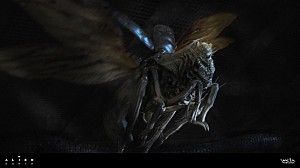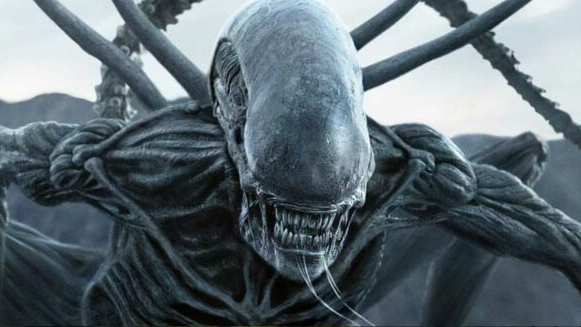Will Alien Covenant explain the evolution of the Xenomorphs?
Alien: Covenant Forum Topic
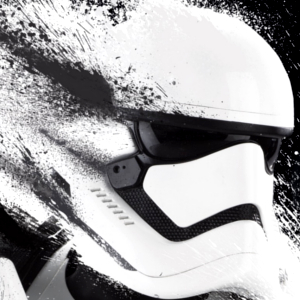
Gavin
MemberTrilobiteApr 9, 201710163 Views1 Replies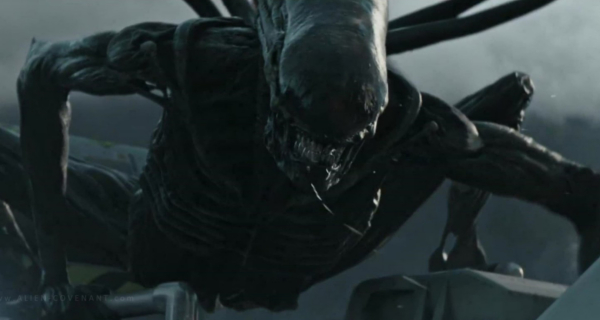
In the 1979 classic science fiction horror movie, Alien audiences were introduced to a new breed of extraterrestrial terror. Designed by the late swiss surrealist Hans Rudi Giger, the antagonist of the movie, an endoparasitoid now classified as the Xenomorph XX121, frightened a whole generation of movie audiences, started an almost 40-year-old franchise and inspired studios to take the genre of science fiction seriously. This first iteration of the Alien, also nicknamed "Big Chap" was biomechanical in appearance, adding to creatures terrifyingly otherworldly aura.

Subsequent sequels saw the Xenomorph lose its unique biomechanical visage as the creature adopted a more "Fleshier" appearance. 1986's Aliens saw the creature lose it's shell-like head carapace, with the creature adopting a more skeletal look, whereas 1992's Alien 3 saw the creature loose it's spinal protrusions, adopt a very fleshy appearance and a quadrupedal stance.
Though it only appeared in the movie's closing moments, 2012's Prometheus introduced us to the Deacon, a creature that shared many characteristics of the Xenomorph but was more humanoid and emancipated in appearance. The forthcoming new movie Alien: Covenant has, through its trailers also introduced us to two more iterations of the Xenomorph; the Neomorph and the Protomorph. While the Protomorph looks very reminiscent of the classic Xenomorph the Neomorph shares more similarities with the Deacon.

The Deacon can be best described as a unique mutation resulting from a unique set of unforeseen circumstances that was meant to the veracity of the black liquid featured in the movie, as a biological agent designed to subjugate any organism into a Xenomorph. Rather than use the creature's eggs, the Engineers of LV-223 had attempted to develop a more efficient means of weaponizing the deployment of the creature, which instead proved much more deadly when an outbreak of the agent decimated the Engineers stationed on the moon.

The Neomorphs similarity to the Deacon likely shows the creatures true first iteration, whereby the human/engineer form is reconstituted into a faceless, emancipated creature. The domed carapace of the Protomorph and the pharyngeal inner jaw of the Xenomorph seem to be further evolutions of the creature, as its own genetic traits become more dominant with each generation. When considering the Protomorph's similarities to the Xenomorphs seen in later Alien movies, it would seem that the biomechanical terror from the 1979 movie may not be the creature's true form. Instead, it may prove true that the creature was with each generation (derelict born Xenomorphs, Queen born Xenomorphs and then those born from the Queen inside Ripley's chest) removing the biomechanical from its genome and reverting to a purer form, similar to the Protomorph seen in Alien: Covenant.
Could it be that the eggs beneath the derelict Juggernaut on LV-426 are the result of an attempt to integrate the biomechanical appearance of the Engineer into the genome of the Xenomorph? Was this an experiment to improve the Xenomorphs armor or was it an attempt to allow the deadly alien creature to interface with Juggernaut technology?
Replies to Will Alien Covenant explain the evolution of the Xenomorphs?
Hey Guest, want to add your say?
Are you an avid Alien fan looking for a dedicated online community of likeminded fans? Look no further! Create your own profile today and take part in our forums and gain XP points for all the content you post!



